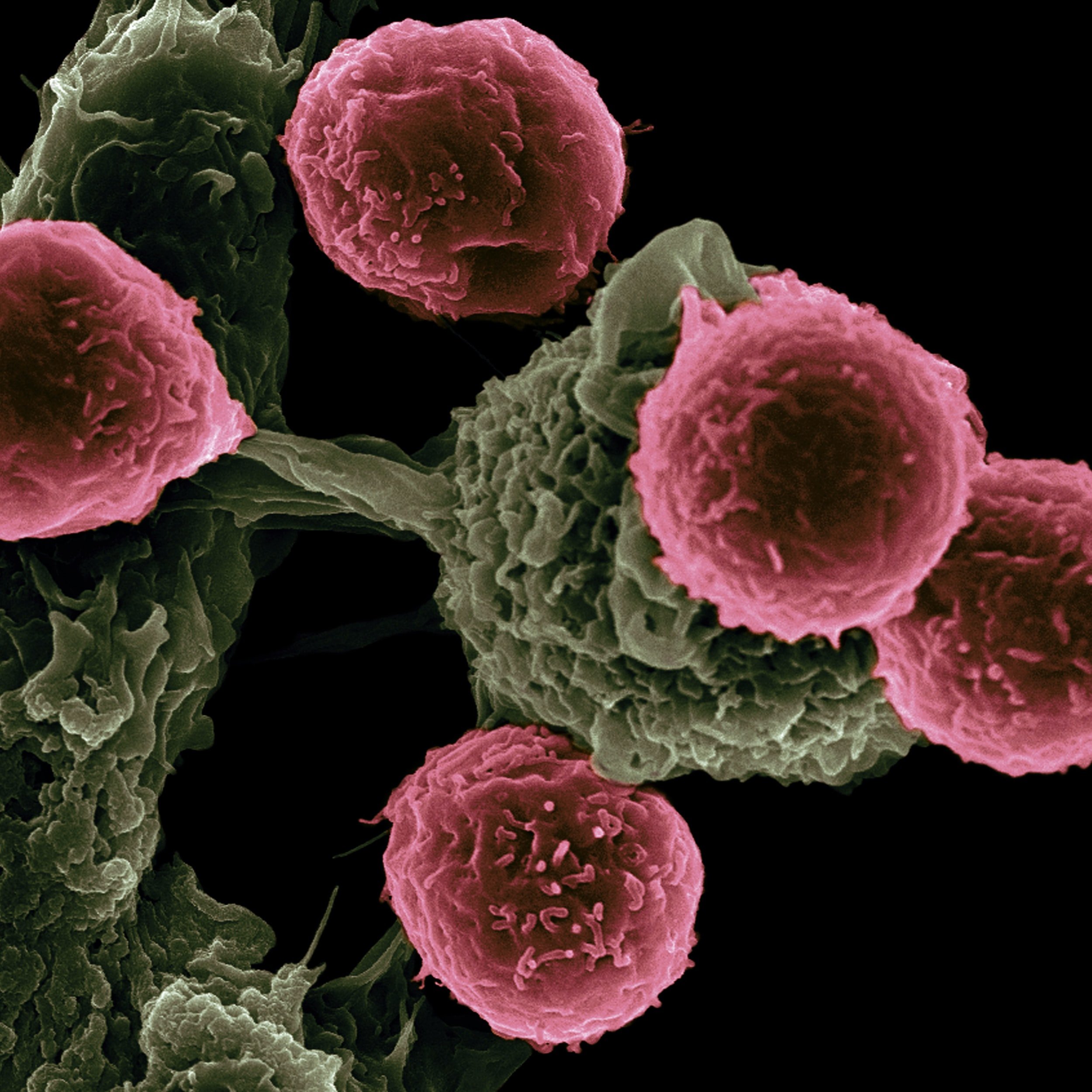
Patient Resources
Components of Human Blood
Apheresis involves separating blood into it’s different layers. Here is a basic explanation of the cells and fluid that make up blood.
FAQs
We surveyed patients to ask what they wish they knew before their first apheresis day. Here are the most frequently asked questions and concerns.
-
A typical apheresis appointment is rather uneventful. You will be seated in your treatment chair by front desk staff where you will meet your nurse. He/ she will proceed to take your vital signs and perform a health assessment. Once the apheresis machine has been set up and the blood product has arrived, you will then be connected. Most individuals feel just fine during the treatment as blood is removed at the same rate that it is returned. They may work/ study/ relax. Treatment can take anywhere from 1 -3 hours.
-
You may be connected to the apheresis device via one of 3 modalities:
Peripheral veins: An IV catheter will be placed in the right and left arm. One will pull blood into machine, while the other will simultaneously return the blood back to you. This is the most preferred choice of access as it is simple to insert and remove.
Central venous access devices: A line that can be placed in the neck, chest, or leg. It has 2 lumens - one is used to remove the blood and the other to return it. It is the preferred choice for short-term treatment when peripheral venous access is inadequate.
Implanted venous access devices - A double lumen port placed under the skin of the chest. This is the preferred choice for long-term treatment when peripheral venous access is inadequate.
-
There are a few things to keep in mind before your apheresis treatment. The first is to arrive well hydrated. Drink 1-2L of fluid the day before (unless you’re on fluid restrictions by your doctor). This will help ensure that your veins are in good shape for IV insertion. It will also ensure that your blood pressure holds stable while your blood is being cycled through the apheresis device. Secondly, it is just as important to be well nourished. Eat a good, healthy meal (low fat recommended for photopheresis patients). This can prevent complications of low blood sugar and electrolyte imbalances during treatment.
-
Most people feel fine after treatment. They independently commute home, although it is advised to have a family member or friend accompany you to and from your first few treatments. It is highly recommended to take it easy with activity for the first 24 hours post treatment as your body adjusts to a new blood composition. Avoid heavy lifting and strenuous exercise in this window. As for dietary restrictions, there are none.
The Apheresis Experience
A collection of patient stories…
Plasmapheresis
Stem Cell Collection
Red Cell Exchange
Photopheresis





